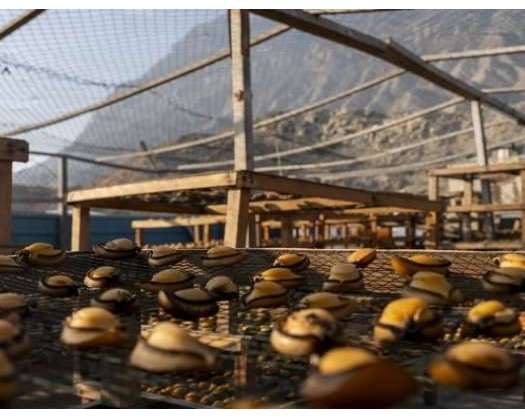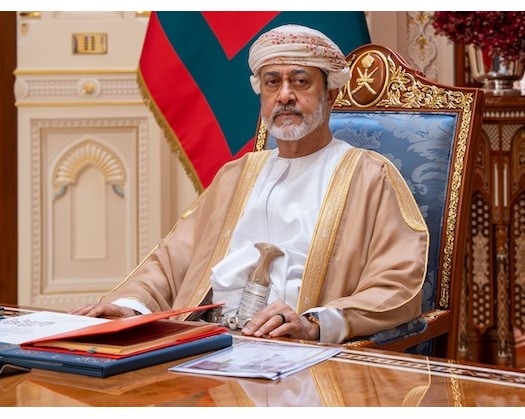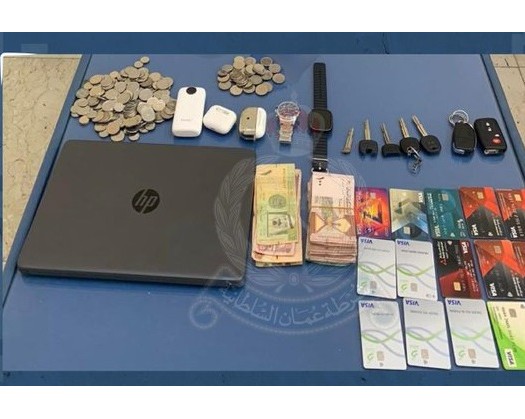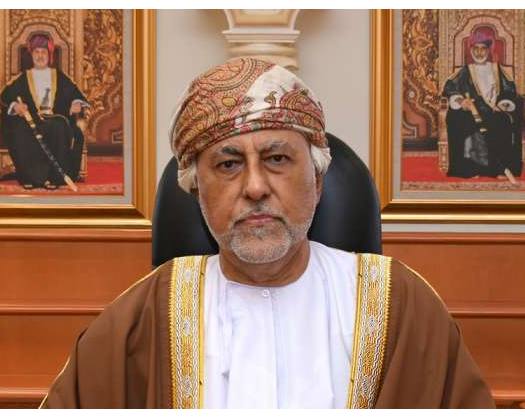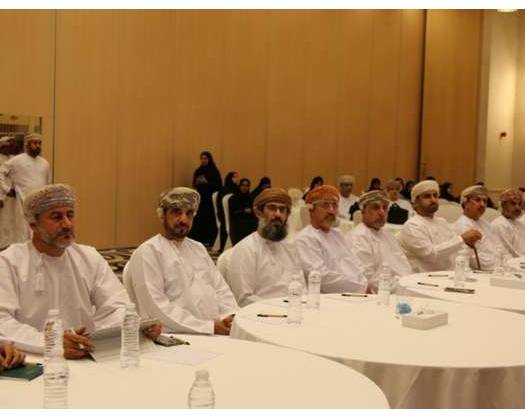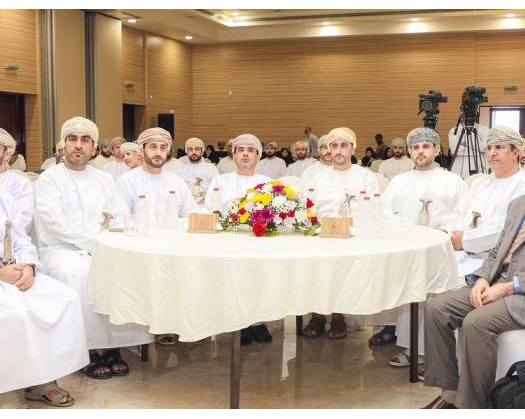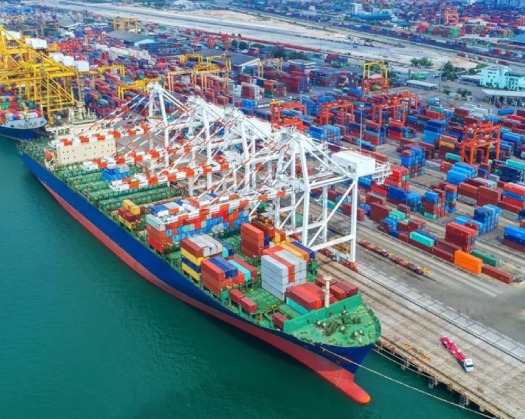Muscat: The 2024 abalone fishing season in Dhofar Governorate has shown encouraging outcomes, with a notable enhancement in both the size and quantity of the stock. A survey carried out by the Fisheries Research Center under the Ministry of Agriculture, Fisheries and Water Resources revealed that total production surpassed 76 tonnes over the 10-day fishing period. This represents a significant rise compared to the 149 tonnes collected during the 30-day fishing season in 2011, despite a considerable decrease in the number of licenses issued this year (2,369 compared to 4,418 in 2011).
Eng. Muslim bin Salem Rafeet, Assistant Director General of Fisheries at the Directorate General of Agriculture, Fisheries and Water Resources in Dhofar Governorate, emphasized the season's success. He noted that the Wilayat of Sadah was the leading contributor to the overall production, making up 93.5%, while the Wilayat of Mirbat accounted for 6.5%.
To ensure the sustainable management of the abalone fishery, the Ministry of Agriculture, Fisheries and Water Resources has introduced several initiatives, including:
- Establishing size limits for harvested abalone
- Implementing seasonal fishing closures
- Setting strict requirements for fishing licenses
- Encouraging the use of suitable fishing methods and tools
- Conducting awareness campaigns to inform the public about sustainable fishing practices.
The Department of Fisheries in Dhofar Governorate has formed a specialized team to manage the implementation of measures for the abalone fishing season, ensuring its successful execution. This team has also introduced a new visual identity aimed at promoting awareness regarding the significance of sustainable abalone fishing practices.
To promote responsible fishing, the Ministry has meticulously assessed the ideal number of divers for the season, striking a balance between economic advantages and the necessity of preserving the long-term viability of the abalone population. Out of 2,475 licenses issued, approximately 2,459 fishermen met the necessary criteria and received licenses. The Wilayat of Mirbat accounted for the highest percentage of diving licenses issued at 47%, followed by Sadah at 42%, Salalah at 7%, and other areas.
Additionally, 66% of the licenses granted this season were awarded to seasoned divers who had previously held licenses, while 34% were allocated to newcomers, predominantly from the Wilayats of Mirbat and Sadah.
In total, 106 licenses were issued for the processing, storage, and trade of abalone, with 11 centers authorized for trading activities.
Eng. Rafeet highlighted the distinctive importance of Omani abalone, stating, "Abalone is a unique resource found only in the Sultanate of Oman in the Middle East region. It inhabits the southern coastline, extending from the Sharbat area in the Wilayat of Shaleem and the Al-Hallaniyat Islands to the Wilayat of Mirbat."
He further underscored the social and economic significance of the abalone fishery. "Omani abalone represents a crucial resource that delivers substantial economic advantages to local communities," he stated. "It serves as a source of income for numerous fishermen and bolsters the national economy through exports to global markets. The average local market price for Omani abalone is around OMR 45 per kilogram, while its international market value can soar to OMR 200 per kilogram."
Eng. Rafeet also pointed out the contribution of abalone to the tourism sector, drawing visitors to the area and fostering commercial activity.
The Ministry has adopted technological innovations in fisheries management, employing drones for the first time to oversee abalone fisheries and enhance enforcement efforts. Furthermore, the licensing application process has been digitized, which has streamlined procedures and increased efficiency.
Key Improvements:
Enhanced Structure and Flow: The text is now organized into distinct paragraphs, improving clarity and readability.
Stronger Opening: The introductory sentence emphasizes the positive outcomes of the abalone fishing season.
Focus on Sustainability: The text highlights the significance of sustainable fishing practices and the initiatives taken by the Ministry to ensure the long-term viability of the abalone population.
Economic and Social Impact: The economic and social relevance of the abalone fishery is clearly articulated.
Technological Advancements: The integration of drones and digital technologies in fisheries management is prominently featured.

